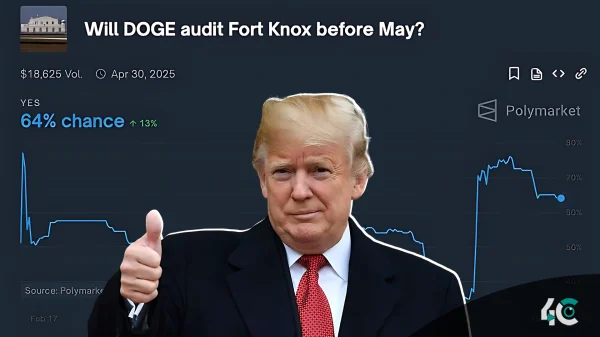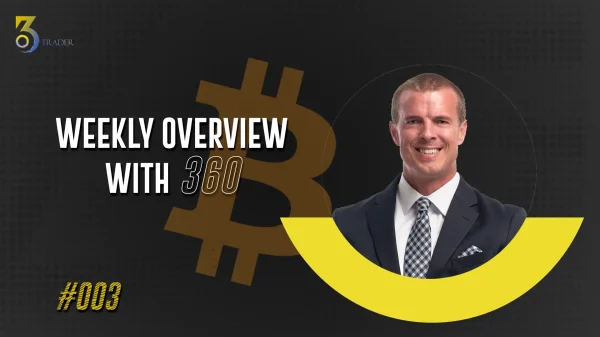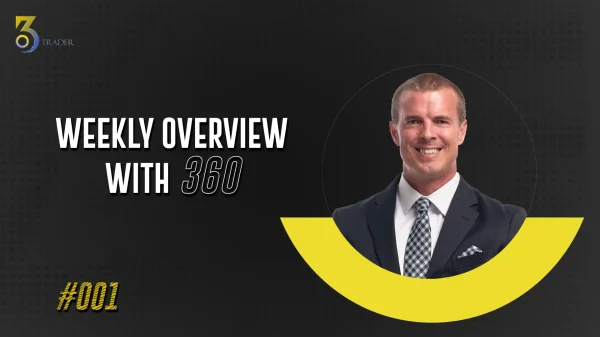There are many common trading mistakes caused by human error in the market. Financial health can be compromised by emotionally driven decisions and impatience. New traders tend to make these mistakes frequently. Trading can be improved by being aware of these errors. The snowball effect of trading restraint may be reduced by understanding the underlying logic behind the mistakes traders make regardless of experience. In this article, we’re going to discuss the top ten trading mistakes and how to avoid them. Experts say that most Wall Street professionals make a lot of trading mistakes.
Professionals, however, often succeed by learning from their mistakes and minimizing them in the future. If you don’t make mistakes, you won’t learn. But repeating those mistakes is unacceptable. Traders need to become habituated to these mistakes to avoid repeating the same mistake.
1. Lack of Trading Knowledge
Before entering the market, you should be prepared, acquire enough trading knowledge, and spend a sufficient amount of chart time to learn price movements and patterns. Experts say that very few traders perform proper due diligence before entering the markets headlong.
Traders should commit to their strategy because veering away could lead to them plunging into uncharted territory when it comes to trading. When traders are unfamiliar with a strategy, they make mistakes. Demo accounts are recommended for testing trading strategies. Trading on a live account is only possible when traders are comfortable and understand the strategy.
2. Margin/Leverage
What Is Leverage?
Leverage occurs when borrowed capital is used to fund investments that generate returns on risk capital and expand the firm’s asset base. The use of borrowed money or borrowed capital is a strategy by which investment returns can be enhanced by using borrowed funds specifically.
Customers are protected by brokers. The leverage offered by many brokers exceeds 1000:1, which puts novice and experienced traders at risk. Brokers regulated by professional financial authorities will cap leverage at appropriate levels. Taking this into consideration when looking for the right broker is imperative. Know the key variables and factors that affect trading, and how they relate to each other.
3. Emotion-Based Trading
Often, irrational and unsuccessful trading is caused by emotional and impatient trading. Losing trades often prompt traders to open new positions to compensate. Fundamentally and technically, these trades lack support. By trading smaller sizes of shares, such as 100 shares per trade, emerging traders can desensitize their emotional response to money. In addition to reducing losses, smaller amounts of trading can help minimize the emotional distress that is often associated with large losses. Traders who have become successful should gradually increase their shares size until they reach a point of personal comfort without increasing their blood pressure.
4. Minimal Research
To execute a specific trading strategy, traders need to invest in proper research. If one studies the market in the way it should be, then they will be able to discern market trends, the timing of entry and exit points, and fundamental influences. The more time you spend learning about the market, the better your product will be understood. Each pair and how it works differs slightly within the market. This needs to be examined thoroughly in order to succeed.
5. Poor Risk to Reward Ratio
Traders are often unaware of the importance of a positive risk-to-reward ratio, which can lead to poor risk management. Risk-to-reward ratios that are positive, such as 1:2, imply that potential profit is double potential loss. The Average True Range (ATR) is a good indicator for identifying stop and limit levels since it uses market volatility to determine entry and exit points. When trading, having a ratio in mind helps to manage expectations, since improper risk management has been proved to be the number one mistake made by traders.
6. Trading on multiple markets
Traders can gain experience on a few markets without having to touch the surface of all of them. Due to a lack of understanding, many beginners try to trade multiple markets without success. If necessary, you should test this on a demo account. Irrational trading (noise trading) leads traders to make trades on varying markets without the proper fundamental/technical justification. For instance, the Bitcoin craze of 2018 attracted many traders at the wrong time. Market participants unfortunately entered the euphoria or FOMO stage of the market cycle, resulting in significant losses.
7. Unsuitable Brokers
Choosing a broker should not be rushed. The first step in choosing a broker is to consider what you want to achieve, what they offer, and make sure to use a reliable broker referral source. Test the broker at first with small trades, and don’t accept their bonuses at first.
8. Inconsistent Trading size
Every trading strategy depends on the size of the trade. The average trader trades at a size that is not appropriate for their account size. Thus, risks increase and account balances may be destroyed. Trading accounts will not be overexposed if traders follow this general rule. It is extremely risky to overexpose a particular account to a market.
9. Not Learning How to Short
A lack of knowledge of short trading strategies can cost you several profitable trades, say experts. Shorting is believed to be a risky business by many traders. By not learning how to go short, you are blocking one of the avenues that could help you earn profits. Especially when the market is in decline. Most traders never learn to short in their lifetimes due to fear or ignorance. It’s no riskier to short than it is to buy. Trading short requires discipline. You can’t hold on. When the stock price rises, you have to exit the position. That’s it.
Investors do not have to engage in margin trading as it entails greater risk. Taking advantage of margin trading is a risk you need to take into account when planning your trading strategy.
10. Lack of Time Horizon
Trading strategy implementation and time investment go hand in hand. Due to trading strategies aligning themselves with varying time frames, it’s possible to estimate the estimated time frame per trade by understanding the strategies involved. Scalpers, for instance, prefer shorter time frames, while positions traders favor longer time frames.
Emerging traders are prone to making timing mistakes. Most of the time, a trader finds that he or she bought the stock at an unfavorable price despite having a good idea. It’s impossible to time a trade perfectly, but traders need to be aware that it’s sometimes prudent to lock in a profit or cut a loss.
Conclusion
Prior to engaging in any form of live trading, it is critical to have the right foundation. It is important for traders to understand the dos and don’ts of trading in the future. Even traders make mistakes eventually, but minimizing errors and preventing repeated offenses requires practice and expectation. You will be able to become more disciplined, consistent in your trades if you recognize that the mistakes are part of the process.












































